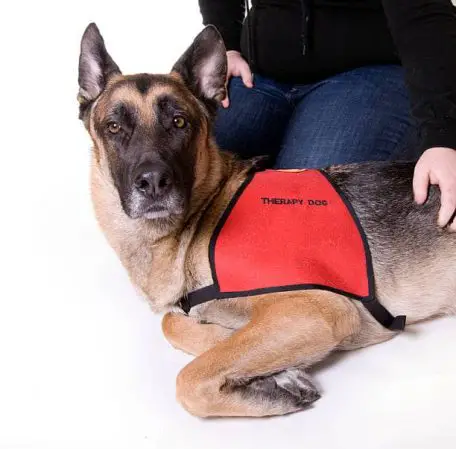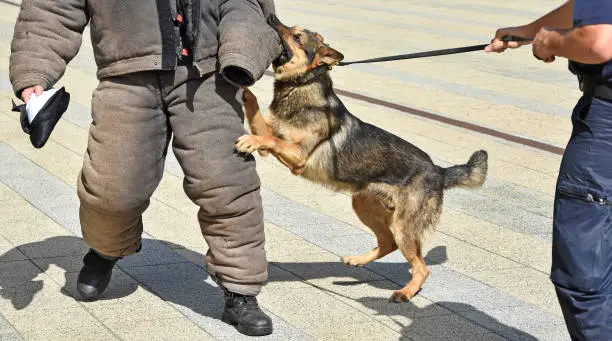Do Professional Dog Trainers Use Training/Shock Collars?
A dog trainer’s decision to use shock collars or not comes down to personal preference. If you ask me, they help shorten the time it takes to train a dog, which is a win-win for the canine and the owner.
Individuals who choose not to use them do so for their own reasons. Shock collars, however, have been a game-changer for me for the reasons that I will explain below. Many dog trainers, I imagine, use training collars for their dogs for similar reasons.
5 Reasons Why Trainers Use Shock Collars

These five reasons are based on my personal experience and explain why I believe training collars are so important.
1. They are a reinforcement tool.
Shock collars are an effective tool. The negative aspects resurface only when you use them to punish poor beings. Their stimulation types help recall in more than one way you can imagine.
For example, training a husky with a shock collar helps you tame its single-mindedness to get the desired results.
By receiving the stimulations under its jaw, it lets go of its stubbornness to obey what you are teaching it.
It’s like putting off the fire with fire.
2. They help bridge communication gaps.
Dogs respond to everything with a “what’s in it for me” attitude. That’s especially true for intelligent breeds such as Beagles and Great Danes.
While they may ignore the mistakes you make in the training process; you shouldn’t. Not training them at all is better than bad training.
So, you can’t let the communication gap lead to mistakes and poor training.
That’s where training collars can come in handy. You can assert what you want to convey with a buzz, tone, or benign shock. Dogs learn with cues, and what could be better than these as cues?
3. They keep unwanted behaviors at bay.
During training, some dogs may get out of your hands. That was the case when I trained hound dogs because they followed their noses and dashed off to the source of the smell.
With single-minded, independent breeds such as Huskies and Border Collies, keeping them hooked or interested in the sessions was a huge task.
Gladly, training collars did that for me. A buzz here and a tone there, followed by shocks, made them obey my commands by keeping their instincts at bay, at least during their training.
4. They lay a foundation for future training.
Shock or training collars aren’t one-off tools. They have lasting effects on the dogs, making them a good helping hand for the future.
For example, if you train the dog to stop barking at strangers, it will be easy to train them to stop barking at other animals unnecessarily when you’re walking it, and vice versa.
5. They provide a shortcut.
Reversing a dog’s unwanted behavior on an urgent basis becomes indispensable sometimes. Consider a dog that has developed a habit of trespassing into the neighborhood.
Or a dog that runs away across the road into the woods. You could either spend days on end controlling them or use a training collar to bypass all the learning curves.
Many trainers prefer this shortcut because they have many things to do. Spending months teaching one dog does not sound good for their career. Does it?
Do Professional Dog Trainers Use Shock Collars? Conclusion
Professionals may opt to use shock collars or not, depending on their personal choice or experience.
Citing the 5 reasons above from my experience, I showed why most of them may choose to use them.
However, using them requires apt skills. Buying a training collar and using it right out of the box without prior knowledge will only serve as possible harm to the pet than good.
Therefore, learning to use them first is more important than using them at all.








